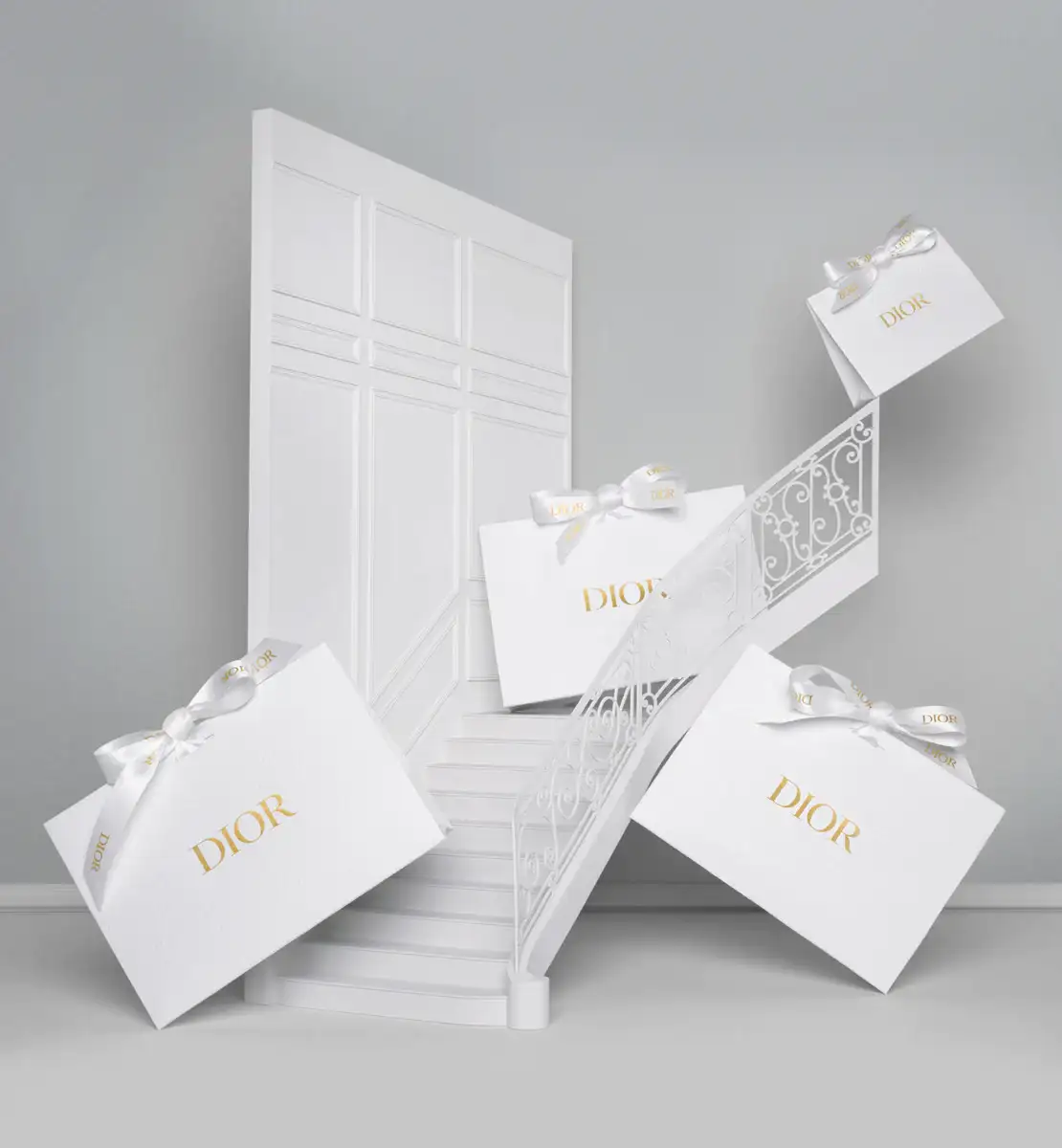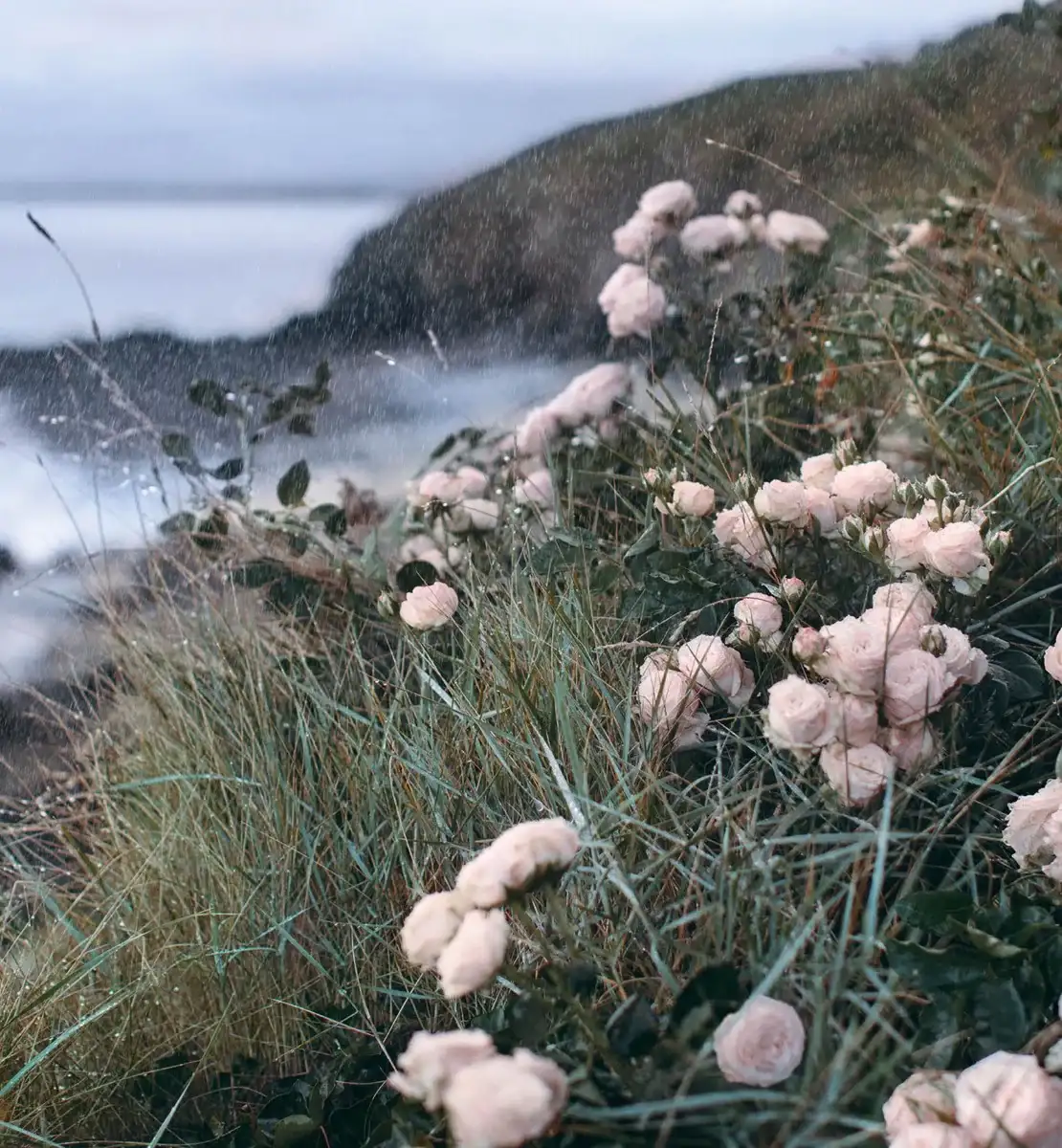

CHristian DIor Parfums & WWF
PARTNERSHIP PER LA RIGENERAZIONE DELLA BIODIVERSITÀ
La Rigenerazione dei Grandi Spazi Aperti
Oggi, Christian Dior Parfums promuove i progetti del WWF per la preservazione e il recupero dei grandi spazi in Francia e in Nord America.


“Preservare i grandi spazi aperti in cui la natura è più o meno intatta è essenziale per la biodiversità.”
Nord America
In Nord America, Christian Dior Parfums sosterrà la preservazione e il recupero di 15.000 ettari di grandi spazi e corridoi naturali per permettere una rinascita della biodiversità. In questo modo, l’azienda contribuirà al ritorno dei giaguari, la cui popolazione è stata destabilizzata dalle attività umane ed è oggi a rischio d’estinzione. Come le linci in Europa, questi animali sono spie della biodiversità in America del Nord.


Attraverso un viaggio che è anche una sorta di rito iniziatico, partiamo alla ricerca dell’inafferrabile giaguaro al fianco di Wes Larson, biologo della fauna selvatica. Considerato sacro nell’antichità, selvaggio e nobile insieme, il giaguaro è oggi minacciato dalla frammentazione del suo habitat. Nel nostro percorso, scopriamo gli sforzi di WWF Messico per la tutela e la protezione di un animale chiave per l’intero ecosistema. Creando nuovi corridoi e proteggendo quelli esistenti, WWF Messico restituisce ai giaguari il loro vasto territorio, che un tempo si estendeva fino al deserto di Sonora, in Arizona.
Nord Europa
In Francia, Christian Dior Parfums sosterrà un programma per la preservazione dei grandi spazi negli habitat forestali del massiccio del Giura, dei Vosgi, del Vercors e contribuirà, simultaneamente, allo studio della popolazione di linci eurasiatiche come segno della conservazione della biodiversità in queste foreste.
Accelerating Towards Sustainable Ingredients
Towards a Fertile Footprint
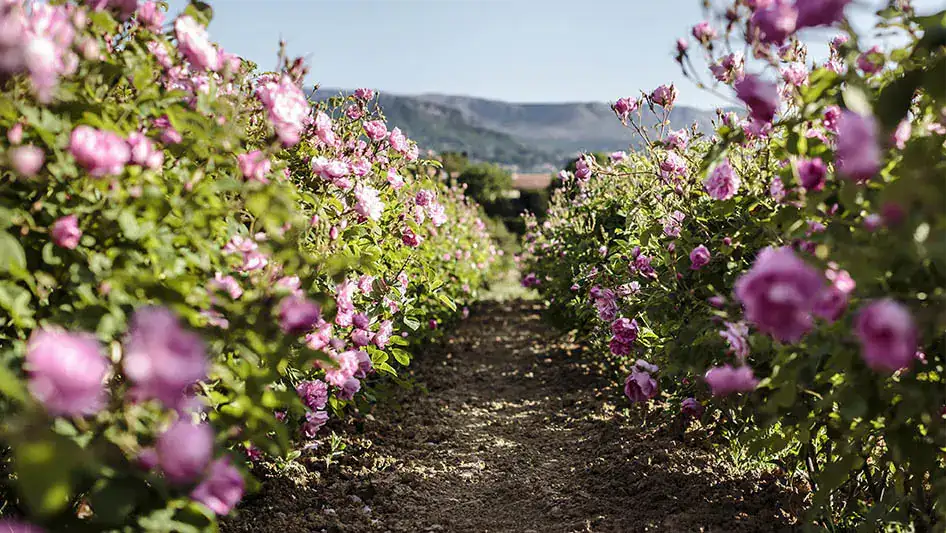
Seeding Transmission and Open Innovation
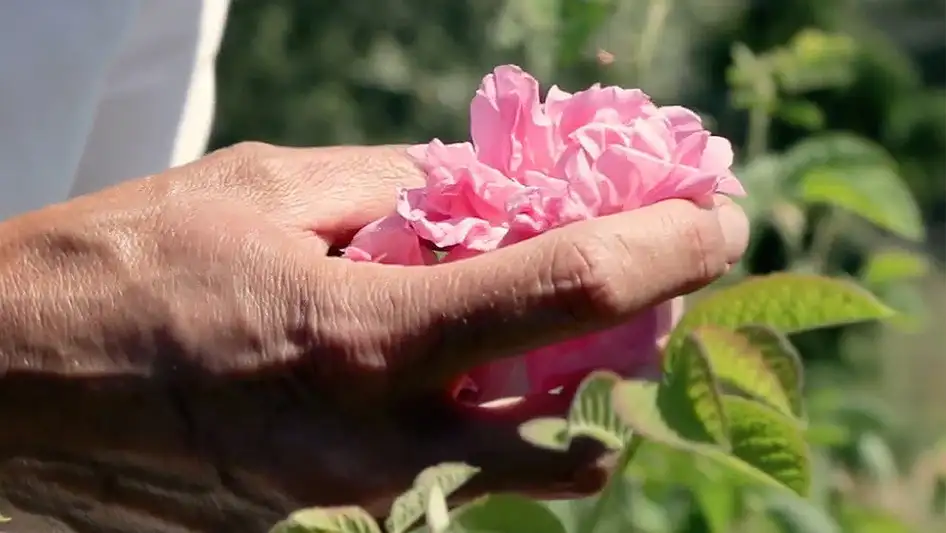
Developing Local Economies
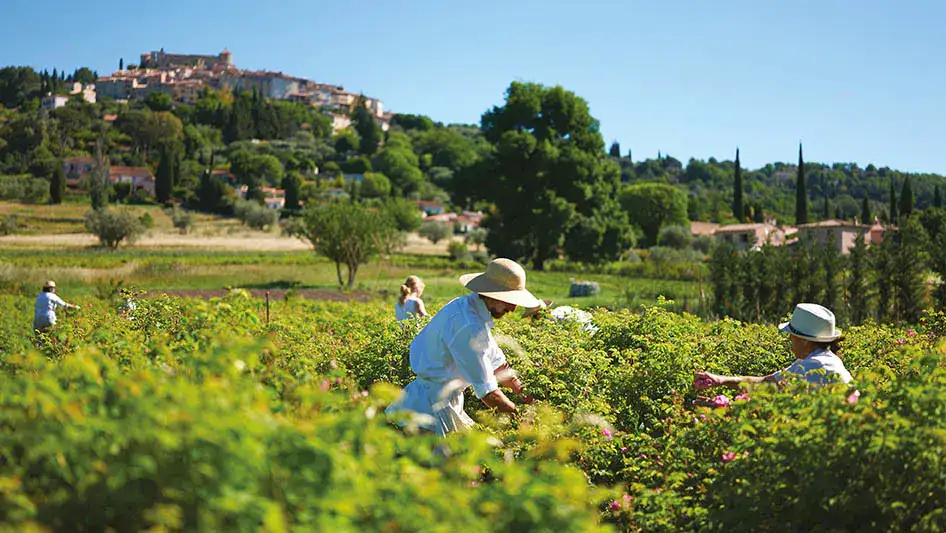
Safety Comes First

At Parfums Christian Dior, we have established a responsible formulation charter available on Dior.com since early 2022. This charter lays out our House’s requirements and ambitions concerning our formulas. This charter is explicit on our definition of Clean Beauty.
Verso Formule Ancor più Rigorose

Verso una Composizione Naturale Sostenibile
Ever More Socially Responsible Sourcing

Blooming Ecodesigned Packaging
Our Commitments
Innovating for Circularity

Renewing the Dior.com Art of Gifting
Raising the bar in Sustainability for Points of Sale
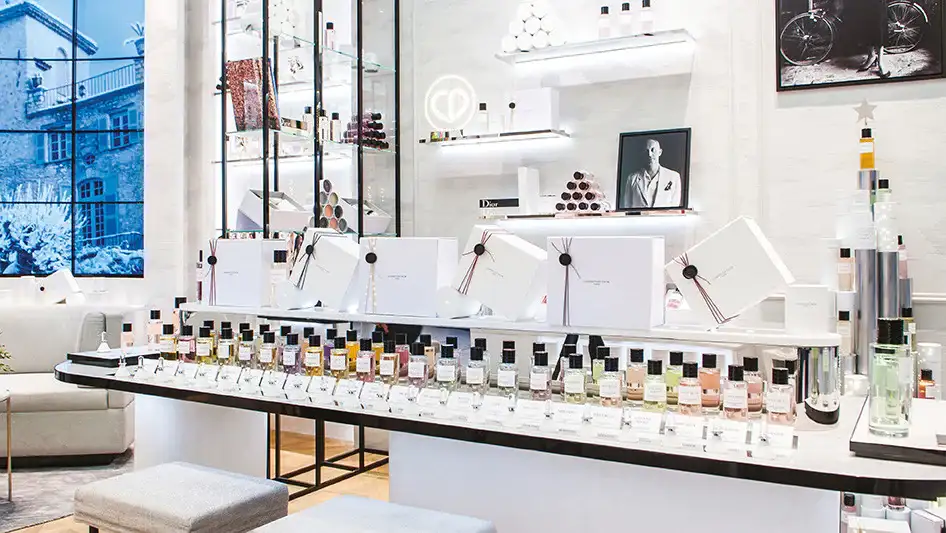
Unquestionable Science-based Reduction Targets
Unquestionable Science-based Reduction Targets
Excellence in Ecodesign
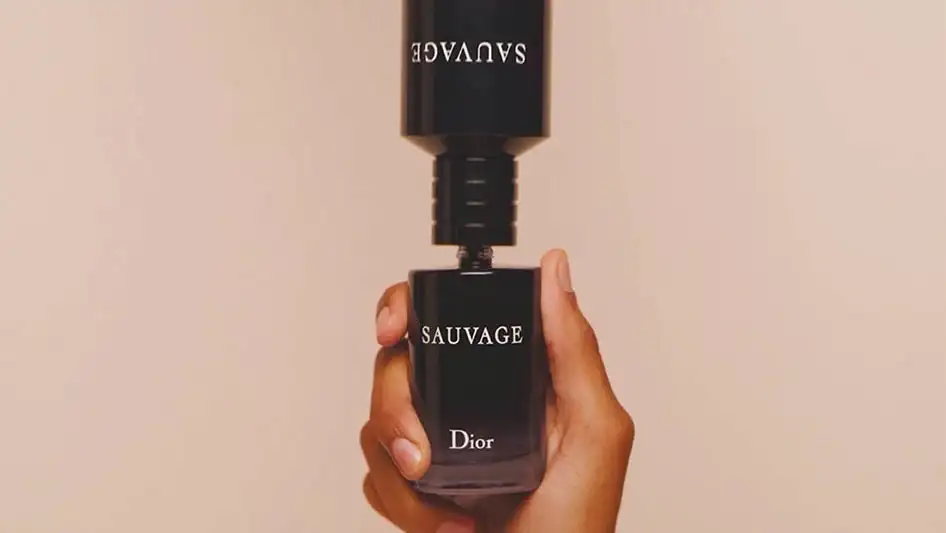
Low-carbon Transportation
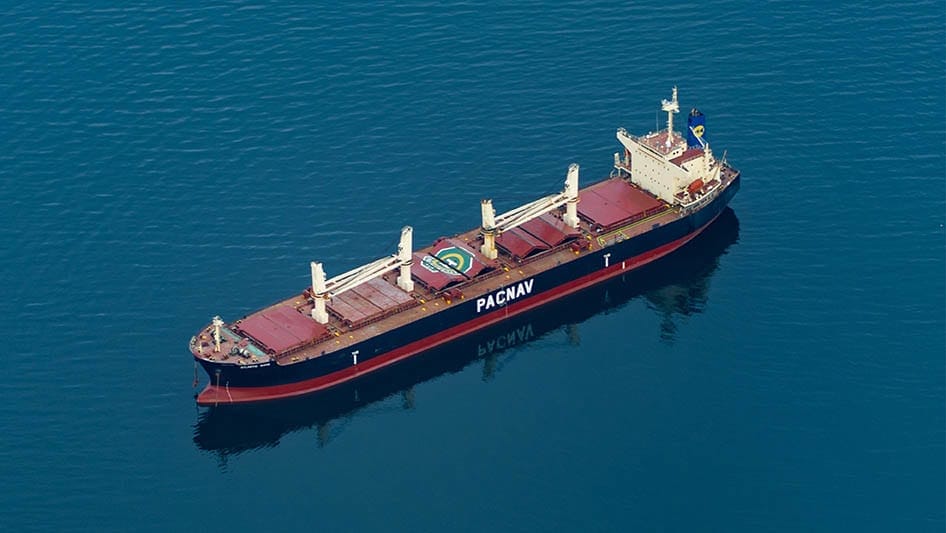
A Low-carbon Energy Transition

Protecting and Restoring Ecosystems



















